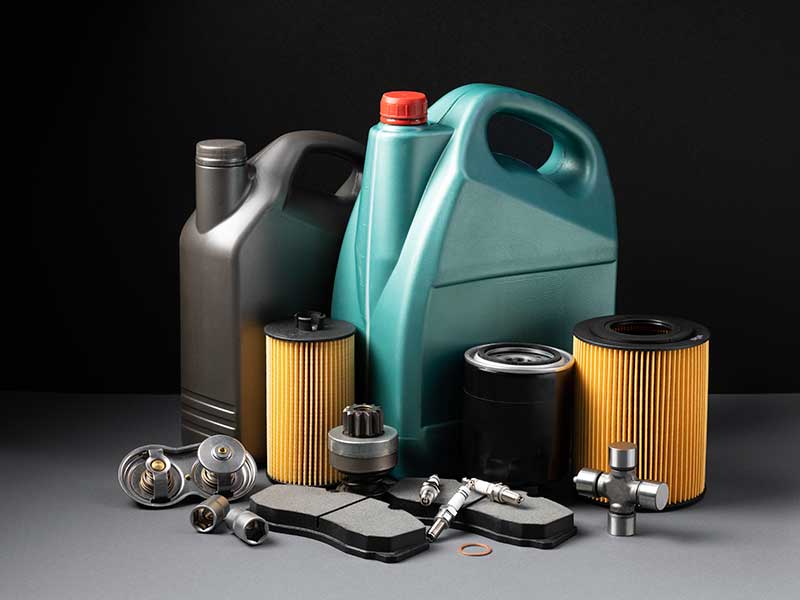The main component of business identity is the so-called “Brand Character”: the whole human characteristics of the brand. It relates more to the public and their characteristics, and how the product interacts with them. It includes the target audience’s specificities and characteristics, such as age group, gender, social, emotional and psychological status and material situation. As indicated in “The benefits gained from identity building”, Brand Character divides the market into different categories as per income, age, gender and standard of living. This targeting accurately reflects the brand character of brand and the characteristics of its audience that is being addressed, as well as in the possibilities of building sub-identities arising from the main parent brand.
This can be illustrated by the following example: “Mobily” offers a sub-identity of one of its products, “Raqi Service”, which is described as masculine, elegant and classic, while its other service as “Mobily Fallah” is characterized by energetic and fun for youth. And its service “Mobily star” as a classic feminine.
These are the distinctive characters of the sub-identities, which can be called: the brand character. It is about the way it interacts with audience and identifies the features and characteristics of human consumers. For example, if one is asked about McDonald’s, he may answer: funny, spontaneous, loved by children, cheap, available, widespread, fresh and clean.

The presence of a distinctive brand character facilitates the consumer’s deep understanding of this brand, thus creating an emotional relationship with it and specific feelings when seeing or dealing with the brand. This made consumers believe that Nike shoes are not just shoes; they are a way of life and mobility.
The significant point in this aspect of the study is about the mechanism of creating a distinctive brand character. Companies follow many techniques in this aspect, including: using pictures of individuals dealing with the product during their daily lives. The same for many products in the food and personal care sector, or by sponsoring certain events that relate to the characteristics of their audience. For example, Red Bull Energy Drinks sponsors youth events and racing for Formula cars. Or through using celebrities, as do fashion houses and airlines.
 The most common mineral oils in the different fields are:
The most common mineral oils in the different fields are:
Standards adopted globally to determine the validity of the mineral oils:
During its use, the oil is subjected to two fundamental changes:
First: an internal chemical change that occurs on the oil itself:
It results from the oxidization of the oil and its transformation into soluble and insoluble oxygenic compounds that that have a negative impact on the metal and moving parts. The oxidization rate of the oil and additives changes due to the effect of the heat, so its viscosity and acidity increases and its color becomes blackish; in addition, new residues that are highly viscose and insolubly hard are formed in it.
Second: An external change that occurs to the oil due to the influence of external factors:
This effect is subject to the quality of the base oil and additives, the fuel used, the working conditions of the moving conditions (load, speed, heat), maintenance, as well as machine design and precision of their manufacture.
To ensure the validity of a certain oil, a number of periodic tests are conducted on oils samples to find out the precautionary limits. This gives an idea about the condition of the oil and the moving parts, as well as predicts malfunctions and possible reasons behind malfunctions.
By comparing the results with the precautionary limits of the physical, chemical and mechanical properties (resulting from the laboratory analyses), using the different techniques of measuring the extent of oil breakdown, viscosity, acidity and alkalinity, the wear and tear as well as pollution rates, and the infrared analysis.
Classification of mineral oils:
Lubricating oils are classified as follows:
Based on their origin:
Based on usage:
